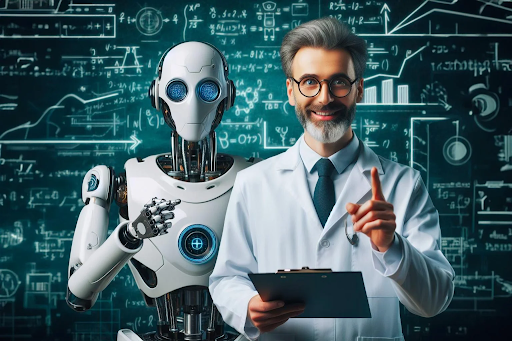Westinghouse Corporation's new "eVinci" microreactors don't need water.
Microreactors or micro nuclear reactors are the next-generation tools for power supply. Many of those systems are planned to be portable, and portable nuclear reactors called "PoNu" can offer non-centralized power supply solutions for temporary or static use. The operators can connect microreactors into series or in lines. And that makes those small nuclear power plants give very high power.
Portable nuclear reactors can give very flexible solutions for many things. In some models, the portable nuclear reactor can give electricity to the truck that transports it to a ship or aircraft. Then that reactor can connect to the ship's or aircraft's electric systems. And it can give power to that. The same system can deliver energy to the area where it is transported.
 |
The water supply has been a critical part of the use of microreactors in ground vehicles, ships, and aircraft. Normal nuclear reactors require water for cooling systems and power transfer. The nuclear reactor transfers its thermal energy to water that rotates turbines and generators. But another way to take electric power from reactors is to benefit the beta radiation (electrons) that the reactor sends.
Westinghouse's "eVinci" reactor uses some kind of cooling pipes that transport thermal energy out from the reactor. The liquid gas or even fast-moving air or ion flow that travels through the tubes that travel through fissile material can increase the cooling power. That is a suitable solution if the tubes themselves cannot stop the temperature rise in that reactor.
Another thing is how to replace water in the cooling system. One of the systems that can make this thing is the gas-flow, laser- or ion-based thermal pump that sends radiation through the nuclear element or fissile material. That kind of thermal pump transports thermal energy out of the reactor. In that version, the aimed pressure impulses, acoustic beams, or laser and ion beams that travel through the hole in the middle of the reactor can transport thermal energy out from it. The laser ray can also ionize air and make the eruption channel for electrons.
And that could explain the mystery rays below some UAPs.
Some eyewitnesses report. That they saw some kind of laser ray. Below those things. There is a theory that the mystery beam is the thermal pump that should keep the reactor's temperature low. We all know that microreactors also can used in rockets. And those kinds of systems are powerful tools for nuclear thermal rockets like NERVA (Nuclear Engine for Rocket Vehicle Application) systems.
But laser beam accelerated electrons and ions will give those systems higher speed. The photon-accelerated ions and electrons have very high speed, and the small nuclear reactor can also operate as the source for helium ions (Alpha particles) and electrons (Beta particles). The speed of those particles that travel out from the engine can rise even closer to the speed of light.
https://www.energy.gov/ne/articles/triso-particles-most-robust-nuclear-fuel-earth
https://interestingengineering.com/innovation/microreactor-no-water-for-operation
https://www.msn.com/en-us/weather/topstories/evince-microreactor-boasts-8-years-of-nuclear-power-without-using-water/ar-AA1m3Z92
https://www.westinghousenuclear.com/energy-systems/evinci-microreactor
https://en.wikipedia.org/wiki/NERVA



















